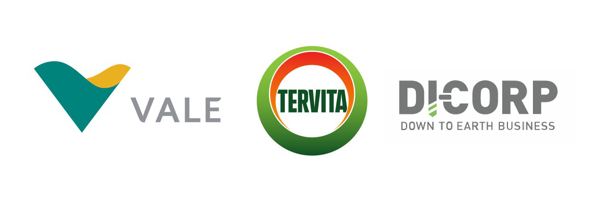脱水と固化
ケーススタディ
Liquid waste is generated from all types of processes and operations, and although there are many different technologies and techniques to treat and manage liquid waste, the basic principles are similar, which is to either separate the solids from the liquid or to turn the liquid waste into a solid material by adding an amendment or drying.
“Liquid landfills” do not exist, which means that any liquid waste must be processed and treated. Traditional liquid waste dewatering methods typically involve filters, presses, and centrifuges to separate the solids from the liquid, where the liquid component is discharged or reused, while the solids component is trucked off for disposal.
An alternative treatment approach is solidification, where an amendment or reagent is added directly into the liquid waste which causes the liquid waste to turn into a solid material through the principles of absorption or adsorption.
Although dewatering and solidification are sometimes seen as competitive processes, they should instead be considered as complimentary, as their target waste streams have some significantly different characteristics.
Dewatering methods are typically costlier as they require expensive capital equipment which also have high operating costs; however, they work well on low solids waste streams, such as wastewater, to remove large amounts of free liquid and obtain a higher solids sludge. Solidification methods are typically easier to apply and do not require an expensive capital investment in processing equipment; however, they should really be applied to high solids waste streams, which may be a thick liquid or semi-solids. Solidification can also be used to “polish” off the solids separated from dewatering processes. It is very common for dewatering to produce a semi-solid sludge that will fail slump or paint filter regulatory solids test criteria and may require a small amount of an amendment to meet this requirement.
From the solidification point of view, it is beneficial to remove any free liquid from the waste stream before adding solidification reagents, as this will lower the reagent dosage and result in a drier, crumbly material. Simple dewatering methods, such as gravity settling, may be used to remove free water, and the remaining, higher solids content, sludge may be easily solidified.
From the dewatering point of view, it is often very easy to remove the initial portion of free water, but a significant amount of energy is required to remove “bound” water in the liquid waste stream. Therefore, utilizing solidification methods as a polishing step at the end may prove to be more beneficial and cost effective compared to using dewatering equipment to achieve a dry material.
In summary, liquid waste treatment is an innovative and growing industry. We have an opportunity to pull our resources together and use multiple technologies to achieve the common goal. Dewatering and solidification both excel in different aspects, and we should exploit these methodologies for synergies and utilize them where most appropriate.

オーナー ヴァーレ・カナダ・リミテッド
請負業者: テルヴィータ社
配給会社: ディ・コープ

ヴァーレ社は、カナダのオンタリオ州北部で採掘場を所有・操業している。採掘と精錬活動を通じて、副産物として汚泥が発生する。顧客は、このスラッジをオフサイトの埋立地まで運搬するための効率的な掘削・運搬ソリューションを必要としていた。
2018年9月末~2018年10月中旬
入札の過程で、MetaFLOは汚泥の掘削と輸送に必要な固形分基準を達成するための最適な配合と添加率を提供するために契約した。分析データを用いて、MetaFLOは重量で1.1%の添加率を見積もった(高含水率に基づく)。バケット混合プロセスでの表面接触と効率を高めるため、大型混合ビンを推奨した。この時点ではサンプルは入手できなかった。
Tervita Corporationは、約4,000m3の汚泥を固化するためにMetaFLO試薬を使用した。現場には35m3のビンが2つ設置され、「重い」スラッジと「軽い」スラッジが混在して投入された。実際の処理では、汚泥1m3あたり平均約30ポンドのMetaFLO MF006試薬が投入されたため、当初見積もられた投入量は正確であった。すべての材料はValeのオフサイト埋立地に安全に輸送された。作業は予定通りに完了した。